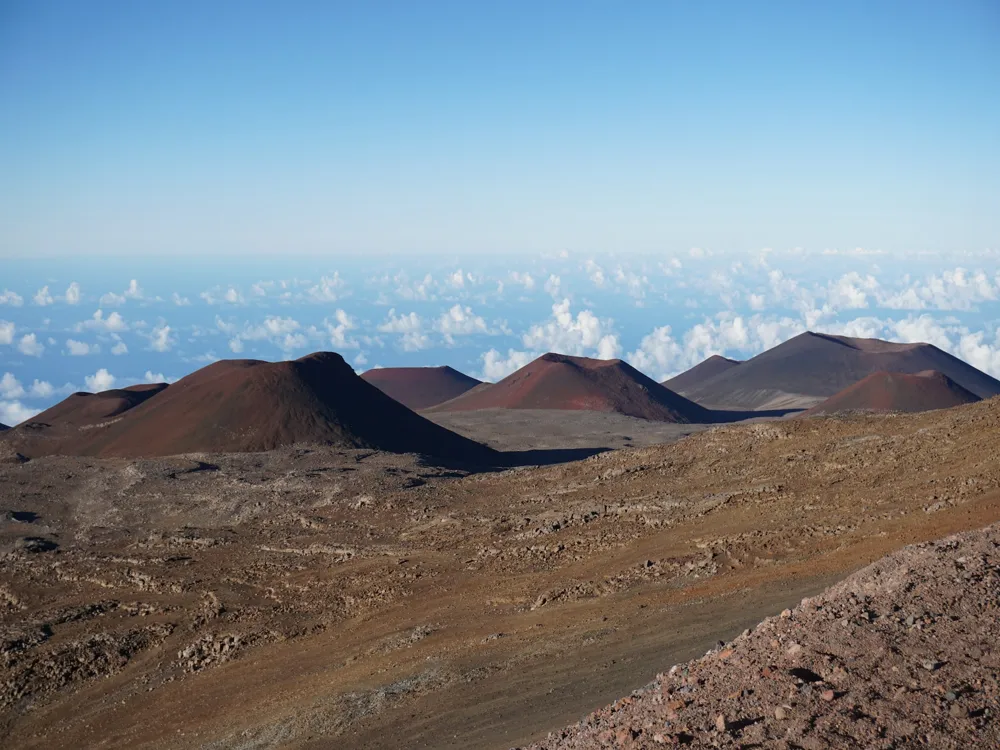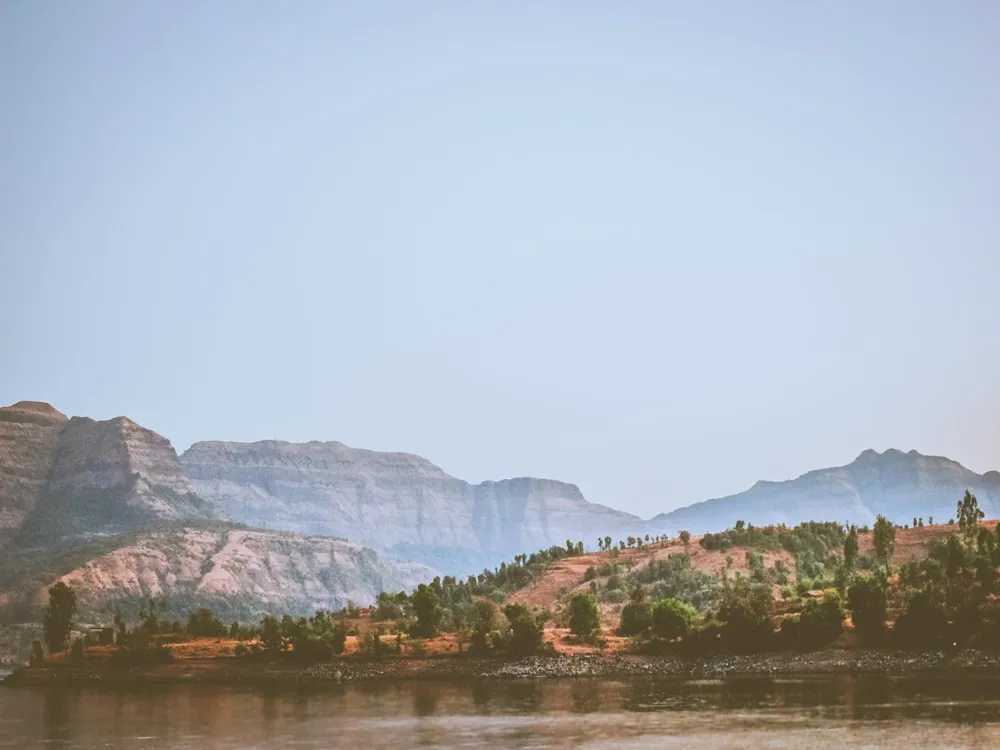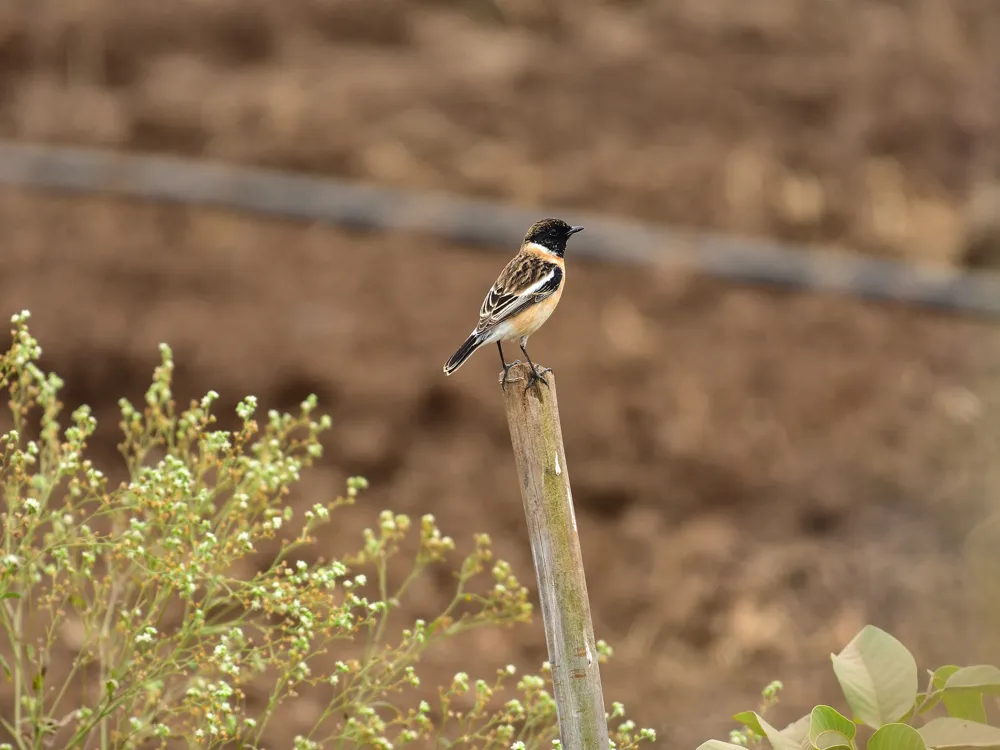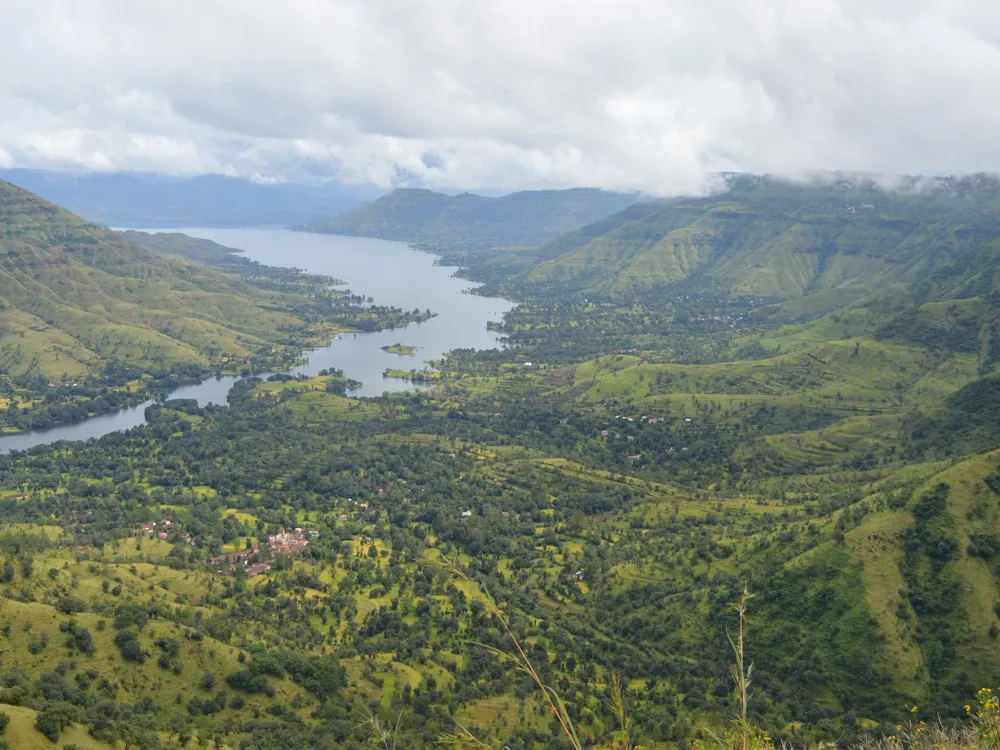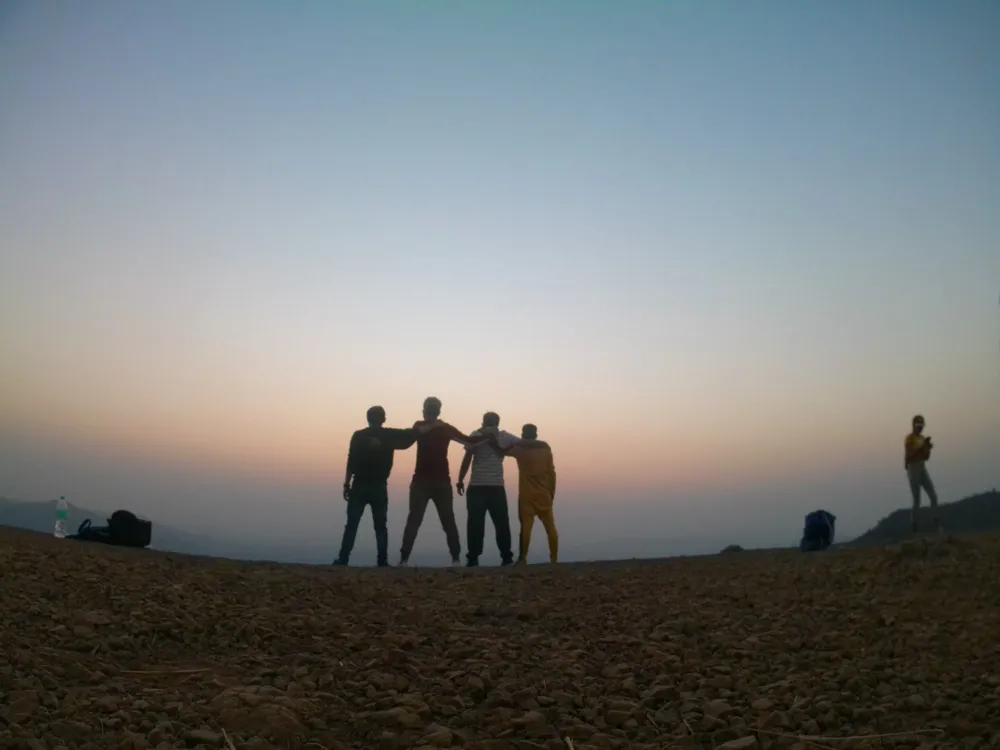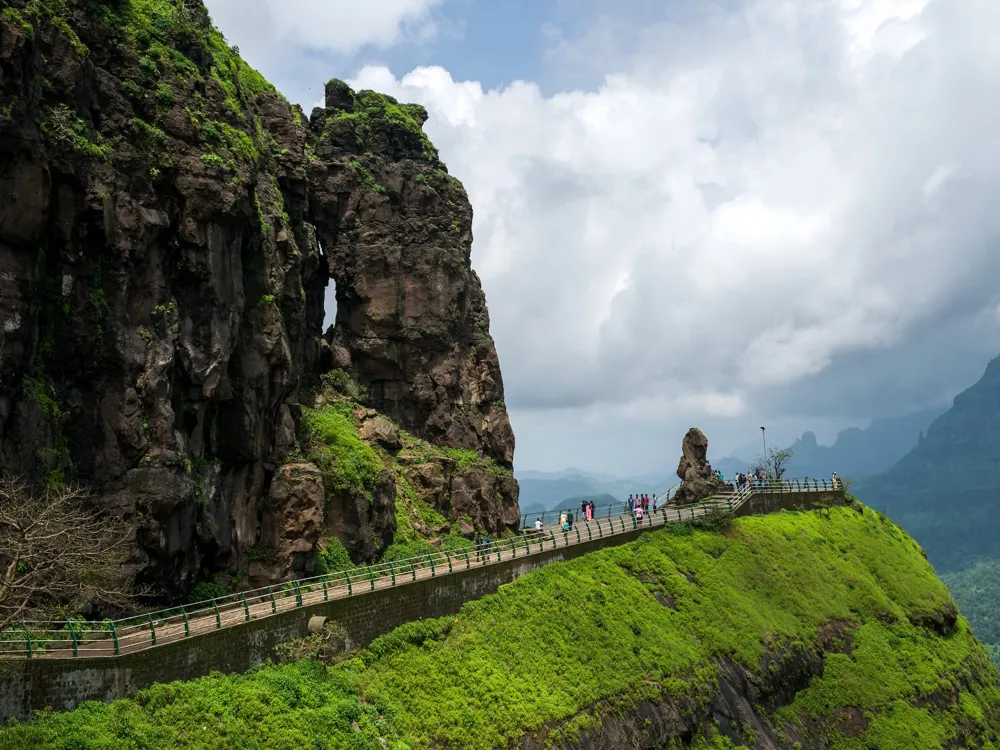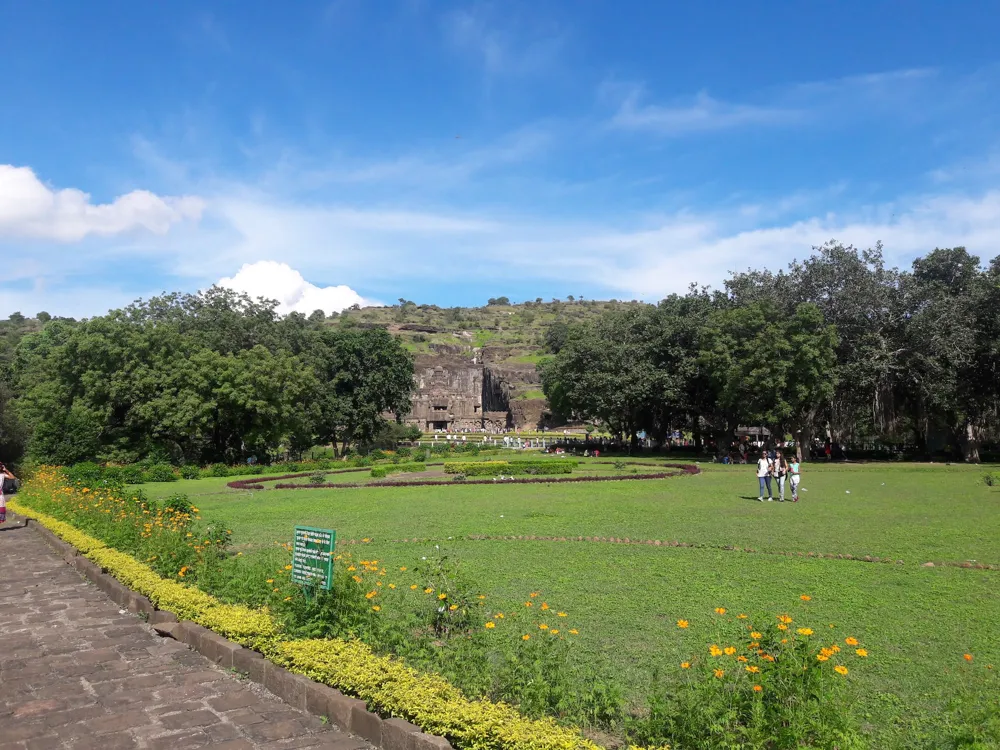Nestled in the enchanting landscapes of Nasik, Maharashtra, Dabhosa Waterfall stands as a testament to nature's splendor. This magnificent waterfall, cascading from a height of about 300 feet, is not just a visual marvel but also a hub of biodiversity. The area around Dabhosa Waterfall is rich in flora and fauna, offering a refreshing escape from the hustle and bustle of city life. The waterfall is formed over the Lendi River and plunges into a wide, rocky gorge, creating a mesmerizing spectacle, especially during the monsoon season when it's at its full glory. The journey to Dabhosa Waterfall is as enchanting as the destination itself. The route winds through lush green landscapes and traditional Maharashtrian villages, offering glimpses of rural life. The waterfall's vicinity is a popular spot for picnics and nature walks, attracting nature lovers and photography enthusiasts alike. The unique geological formations around the waterfall, comprising basalt rock, add to the scenic beauty and have been a subject of interest for geologists and nature enthusiasts. While discussing the architecture of a natural waterfall might seem unconventional, Dabhosa Waterfall presents an awe-inspiring example of nature's architectural prowess. The waterfall's structure is characterized by its sheer drop from a height of about 300 feet, making it one of the tallest waterfalls in Maharashtra. The geological structure of the region plays a crucial role in the waterfall's formation. The area is predominantly composed of basalt rock, formed from volcanic activities that occurred millions of years ago. This hard, dense rock provides the necessary support for the waterfall's significant height and volume. The cascade follows a vertical drop, plunging into a deep gorge that has been carved out over millennia by the relentless force of the water. The gorge's walls are steep and rugged, displaying various layers of rock formations, each telling a story of the region's geological history. During the monsoon, the waterfall transforms into a roaring giant, with increased water volume creating a cloud of mist and a thunderous sound that can be heard from a distance. This dynamic interplay of water and rock, shaped over eons, presents a breathtaking example of natural architecture at its finest. The ideal time to visit Dabhosa Waterfall is during the monsoon months, from June to September. During this period, the waterfall is in full flow, presenting a spectacular view. However, visitors should be cautious of the increased flow and slippery surfaces. While visiting Dabhosa Waterfall, it's crucial to prioritize safety. Stick to designated viewing areas and avoid venturing too close to the edge. The rocks can be slippery, especially during the monsoon. Always follow the local guidelines and advisories. For photography enthusiasts, Dabhosa Waterfall offers myriad opportunities. Early morning light is ideal for capturing the waterfall. A tripod can be handy for long exposure shots that capture the waterfall's silky texture. Don't forget to protect your camera gear from water splashes and mist. Dabhosa Waterfall is well-connected by road and can be easily reached from Mumbai and Nasik. The nearest town is Jawhar, which is about 20 kilometers from the waterfall. Visitors can take a bus or drive to Jawhar and then proceed to the waterfall by local transport or private vehicle. The last few kilometers to the waterfall involve a bit of trekking, offering a delightful experience amidst nature. For those using public transport, state-run buses and private coaches frequently ply to Jawhar from major cities like Mumbai and Nasik. Read More:Overview of Dabhosa Waterfall, Nasik, Maharashtra
Architecture of Dabhosa Waterfall
Tips When Visiting Dabhosa Waterfall
Best Time to Visit
Safety Precautions
Photography Tips
How To Reach Dabhosa Waterfall
Dabhosa Waterfall
Nasik
Maharashtra Goa
NaN onwards
View nasik Packages
Weather :
Tags : Waterfall
Timings : 24 hrs
Time Required : 1 - 2 hrs
Entry Fee : No Entry Fee
Planning a Trip? Ask Your Question
Nasik Travel Packages
View All Packages For Nasik
Top Hotel Collections for Nasik

Private Pool

Luxury Hotels

5-Star Hotels

Pet Friendly
Top Hotels Near Nasik
Other Top Ranking Places In Nasik
View All Places To Visit In nasik
View nasik Packages
Weather :
Tags : Waterfall
Timings : 24 hrs
Time Required : 1 - 2 hrs
Entry Fee : No Entry Fee
Planning a Trip? Ask Your Question
Nasik Travel Packages
View All Packages For Nasik
Top Hotel Collections for Nasik

Private Pool

Luxury Hotels

5-Star Hotels

Pet Friendly








